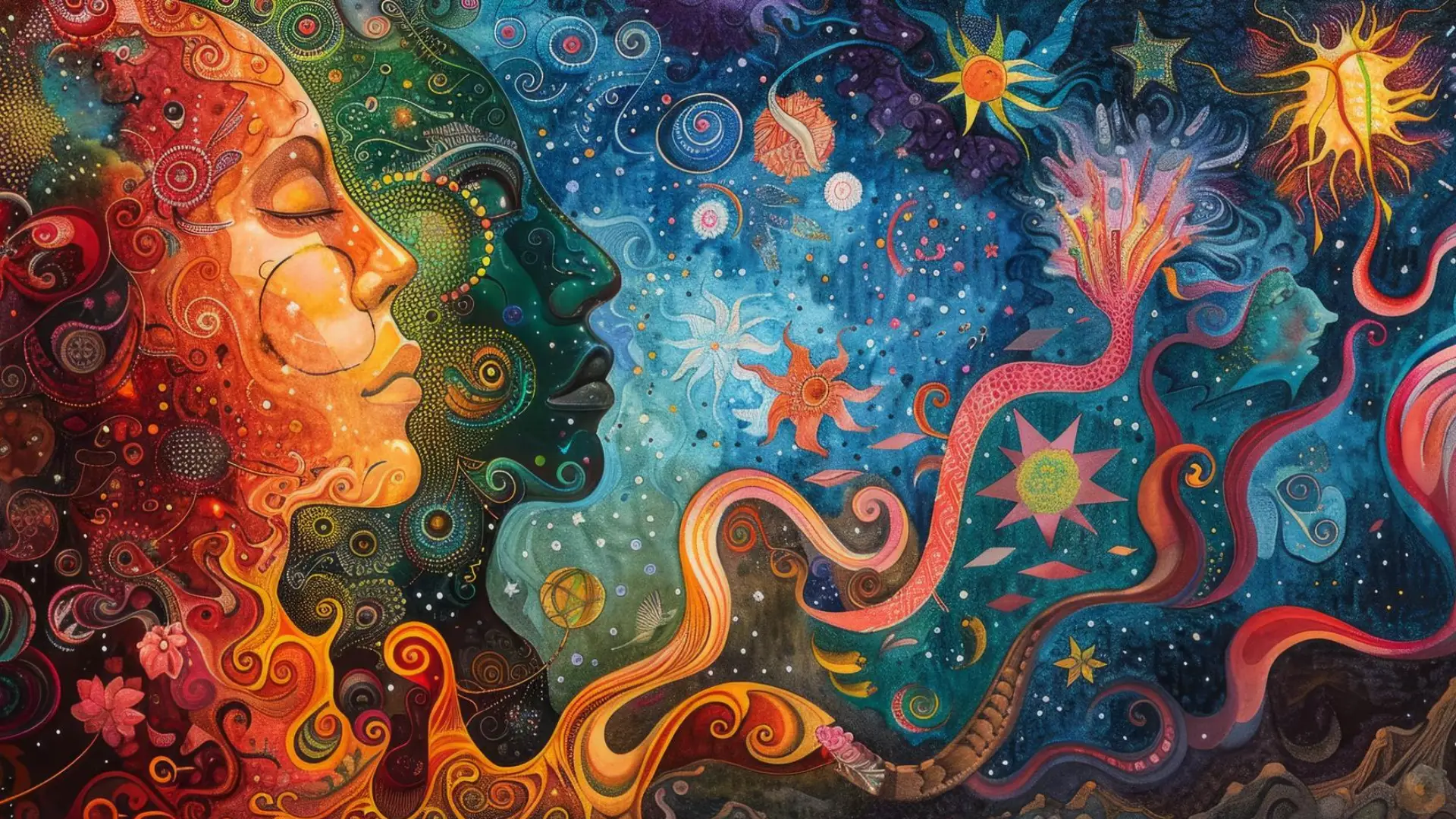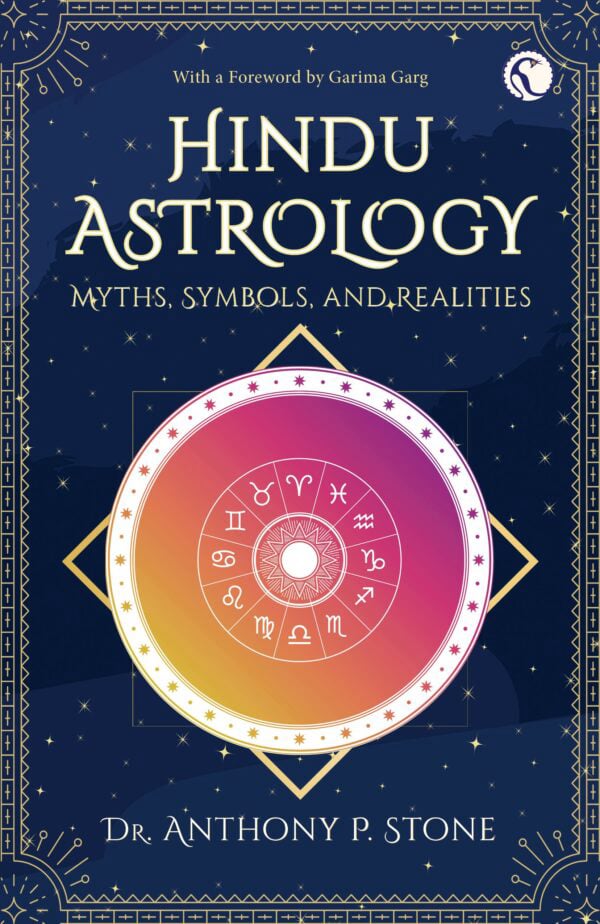
Home > Blog > Reiki, Astrology, Dosha > Vedic Astrology: An Introduction For The AY Practitioner
Vedic Astrology: An Introduction For The AY Practitioner
Every ancient civilization has evolved a science of astrology, the study of the effects of the zodiacal signs and planets on the tides of civilizations.
It has been in existence for countless millenia and has helped to shape and influence some of the greatest cultures in recorded history: India, China, Egypt, Rome, Babylon, Greece and the Mayan empire, to name only a few, charted their destinies according to the movements of Earth's celestial neighbors.
Among the oldest of these, and surely the oldest still in use today, is the Vedic astrology of ancient India known as Jyotish, or the "science of light."
The scientific canon of Jyotish was reduced to writing between 1300 BCE and 590 CE. The earliest Vedic astrologers whose names are known today include Aryabhatu (476-523 CE) and Parasara (5th century CE) whose Hora Sastra was the first major individually-authored text to appear. The most renown Vedic astrologer, however, is Parasara's student, Vaharamihira (505-587 CE). Vaharamihira summarized all of the existing astrological and astronomical knowledge of his time into his master-work, Brihat Jataka, which is still today considered to be the definitive text in the field.
Jyotish represents the essential link between events at the macrocosmic, or universal level (Brahmanda) and the microcosm (Pindanda), viewed in the light of the non-dual unity of all creation (Advaitheeyam). Just as the position of Earth's moon exerts a mighty influence on the ebb and flow of ocean tides, so does it along with the other planet, exert just such an impact on the ebb and flow of energies through the human body and influence its propensity toward health and disease, integrity and dissolution, strength and weakness.
The unique sophistication of India's astrological system is the outcome of numberless generations of saints and sages immersed in the search of knowledge and truth. The Chaturvedas (four Vedas) are a rich source of documentation of the search for knowledge.


